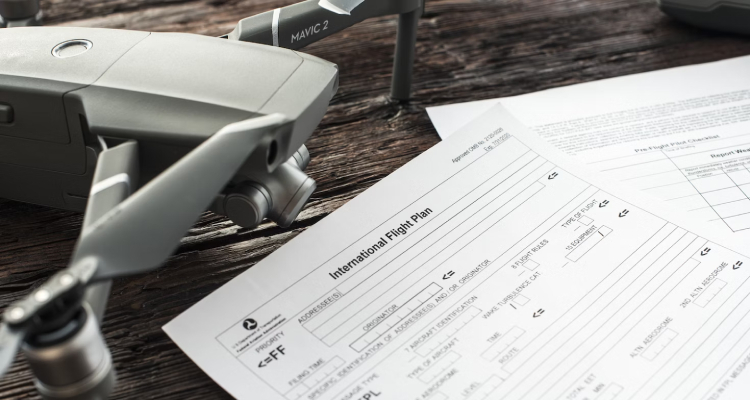
Flying an aircraft involves multiple variables, each with its own set of risks and rewards. The unpredictable nature of weather, the mechanical integrity of the aircraft, and even the mental state of the pilot can significantly influence a flight’s outcome. Therefore, preflight planning and briefings are not just recommended practices but essential steps for every pilot aiming for a safe flight. This article delves into why preflight planning and briefings are so vital, and how they help in mitigating risks.
The Essence of Preflight Planning
Preflight planning is the process of gathering all pertinent information to make informed decisions before a flight. This includes checking:
- Weather forecasts and conditions
- NOTAMs (Notice to Airmen)
- Aircraft's maintenance records
- Fuel and weight calculations
- Emergency procedures
- Flight routes and altitudes
Why Briefings Are Critical
A preflight briefing serves as a final review and discussion between all flight crew members. It ensures that everyone is on the same page regarding flight plans, emergency procedures, and individual responsibilities. A proper briefing eliminates confusion and helps in coordinating a cohesive response to any in-flight situations.
Key Elements of an Effective Preflight Briefing
Weather Updates
The briefing should include the latest weather conditions and forecasts for both the departure and arrival locations, as well as en route.
Emergency Protocols
Detail out what steps to take in case of engine failure, communication loss, or other emergencies.
Crew Responsibilities
Define the roles of each crew member clearly to avoid any misunderstandings during the flight.
Reducing Risks through Planning and Briefings
- Enhanced Situational Awareness: A well-prepared pilot is less likely to make errors, resulting in a safer flight.
- Reduced Workload: Knowing what to expect allows the crew to allocate attention and resources more effectively, minimizing stress and potential mistakes.
- Clear Communication: A preflight briefing ensures that everyone understands the plan, thereby reducing the risk of miscommunication, which could be disastrous.
- Quick Decision Making: In case of an emergency, a prior briefing speeds up decision-making processes, enhancing chances of a positive outcome.
Frequently Asked Questions
What is the main goal of preflight planning?
The primary goal is to gather all necessary information to make informed decisions and mitigate risks during the flight.
How detailed should a preflight briefing be?
The briefing should be as comprehensive as possible, covering everything from weather conditions to emergency protocols and crew responsibilities.
Why is communication so important in a briefing?
Clear communication ensures everyone on board understands their roles and the flight plan, reducing the risk of misunderstandings that could lead to accidents.
Conclusion
Preflight planning and briefings are non-negotiable aspects of aviation that enhance safety and efficiency. By investing time in these activities, pilots and crew can mitigate numerous risks, leading to more successful and less stressful flights.
